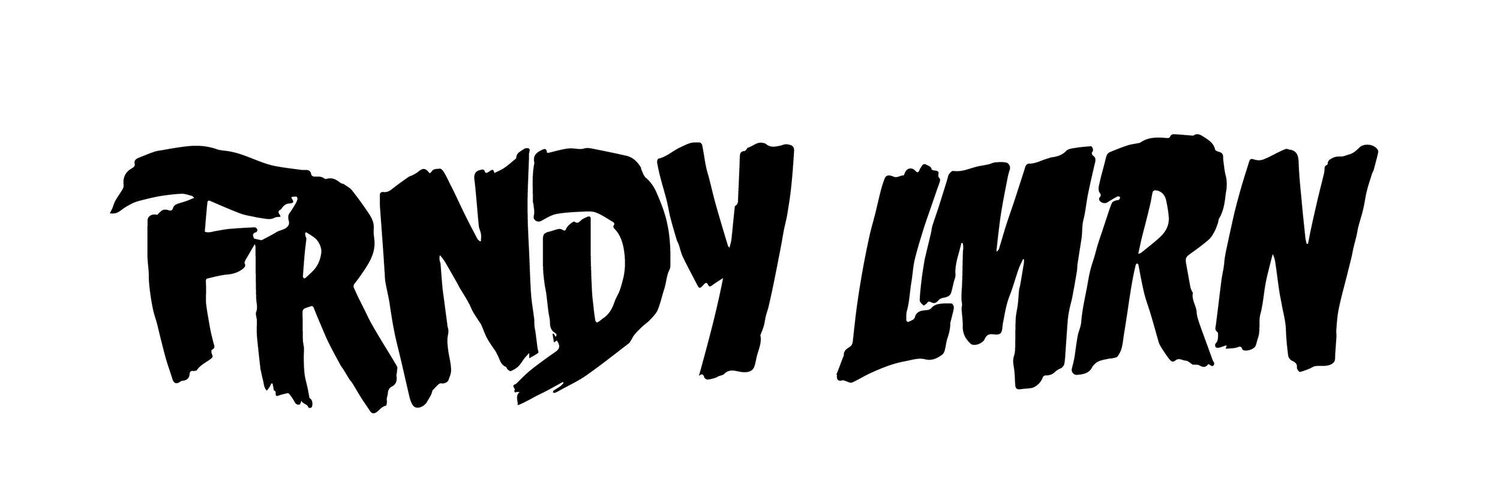Karl Lagerfeld's Chanel
Karl Lagerfeld launched his Fall 2017 collection for Chanel into space with the help of an elaborate set complete with a Coco-stamped rocket ship. The French house's signatures of tweed, camellias and quilting were all there, which baffles the mind to consider how Lagerfeld has managed to reinterpret the same handful of codes for more than thirty years. With the focus clearly on unknowable frontiers, I also couldn’t help but ponder about the future of Chanel without him. Karl is uncompromisingly unique; the kind of fantastic idiosyncratic fashion animal that used to seem far more common.
Lagerfeld, along with contemporaries like Azzedine Alaïa and Rei Kawakubo, represents a generational cohort of excellence that spent decades fixated, obsessed even, on learning the craft of making clothes. All are or will soon be octogenarians, yet they remain the most innovative and exciting designers working today who perpetually spellbind us with the power of their creations. Their breed is simply irreplaceable.
Alaïa and Lagerfeld in particular have a couture pedigree learning every fabric, stitch, embroidery, cutting technique, shape and fit imaginable under the auspices of impossibly demanding teachers, whose lessons were enhanced by autodidactic tendencies. The lengthy tunic silhouettes that so often show up in Lagerfeld’s collections for Chanel and Fendi are references to the elongated lines of the Vienna Secession. Furthermore, his famous tweed suits are actually not tweed at all, but rather fine silks that are densely embroidered to maintain the tweed look minus the bulk and weight. There are only a handful of people alive today with these extraordinary capabilities.
What will happen to fashion when these people die? Who will the standard bearers be? How can this tradition, this habit of greatness be maintained when true apprenticeships are so few? In the documentary Valentino: The Last Emperor, widely-respected fashion critic Cathy Horyn lamented that Valentino and his ilk were so great because they learned couture in the 1950s. Without proper education, the métier could never genuinely evolve to represent a new era.
Couture is both a process and a state of mind, a perpetual search for something transformative. I don't know who will be the next great designer, but my hope is that, somewhere, a young person is toiling in an atelier under a lovingly firm hand, bent on bringing forth the best of their talents.
Written by Martin Lerma





